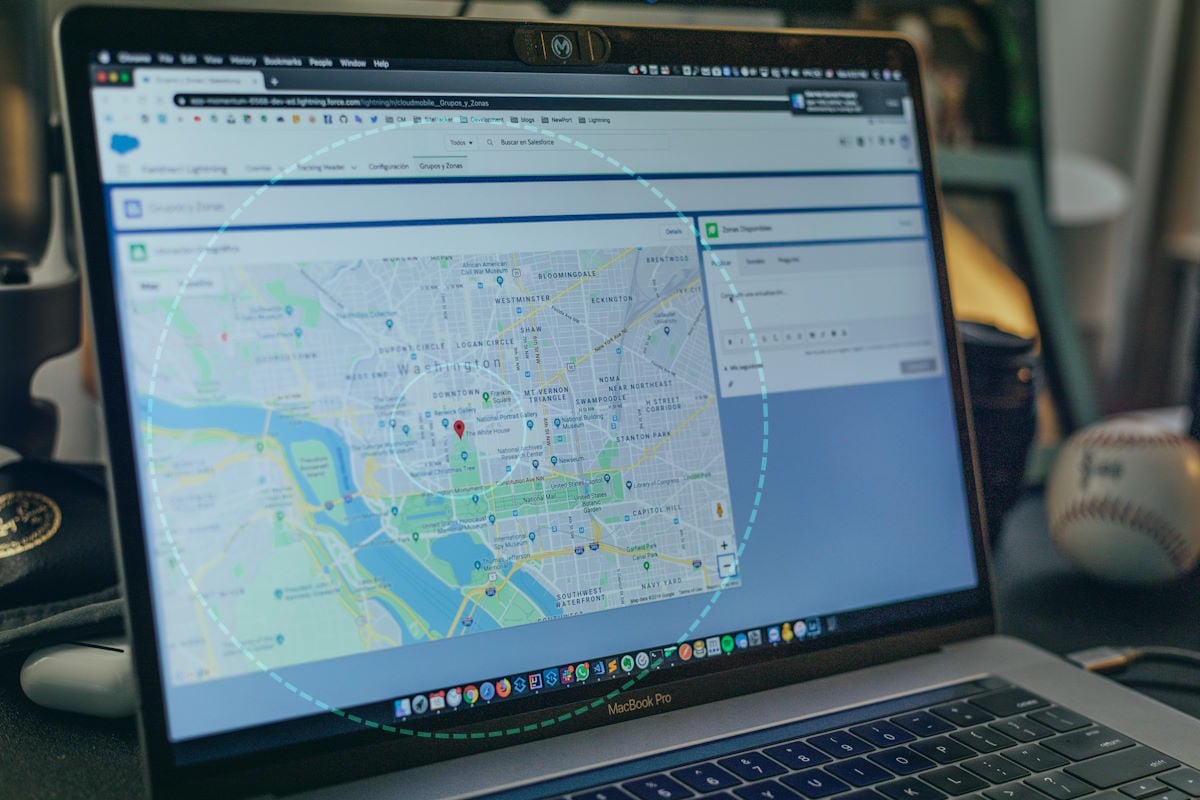What does conversion mean in the context of acquisition, sales, and digital marketing?
The concept of conversion is central to modern marketing strategies. By tracking conversions and analyzing the associated data, businesses can better understand the impact of their marketing efforts and make measurable improvements. But exactly what is a conversion, and how can businesses leverage them to grow in competitive markets?
Ready to learn more? Dig deeper with Conversions in Marketing: The Complete Guide.
What Is a Conversion?
A conversion is the process of convincing a potential customer to commit to an action. A conversion can take various forms depending on the specific objective of a company or campaign. It might involve a purchase on an e-commerce website, signing up for a newsletter, downloading an app, or even making a phone call. The key is that the potential customer takes a desired action that moves them further along the sales funnel.
For example, in a digital marketing campaign for a mobile app, a conversion action can be defined as a user downloading and installing the app on their device. In this case, the CTA would be a promotional ad or a website button encouraging users to "Download Now". Another example is a sign-up conversion, where users provide their email address or fill out a form to receive more information or access exclusive content.
What Do Conversions Mean in Marketing?
Conversions play a crucial role in determining the effectiveness of marketing efforts, identifying potential issues within a website or funnel, and improving sales. By measuring conversions, businesses can gain valuable insights into their marketing strategies and make data-driven decisions to enhance their overall performance.
Tracking conversions helps brands assess their campaign performance and user experiences. By monitoring conversions, marketing teams can understand which marketing channels or messages are effective, helping optimize resources and budget allocation. These strategies move leads through the funnel more quickly, ultimately driving more revenue.
Additionally, tracking conversions provides insights into user behavior and preferences. By analyzing the patterns and actions leading to conversions, marketers can tailor their campaigns to better meet customer needs and expectations. Ultimately, the purpose of tracking conversions is to improve marketing effectiveness, increase customer engagement, and drive business growth.
Conversion Metrics
Conversion metrics and associated performance indicators are useful when optimizing website performance and increasing conversions. By monitoring these metrics, businesses can gain insights into their customers' behavior and make data-driven decisions to improve conversion rates across each channel.
One crucial metric to track is the conversion rate itself. It tells you the percentage of leads who take a desired action, whether it’s completing a purchase or filling out a contact form. Tracking the conversion rate enables businesses to assess their effectiveness in converting visitors into likely customers and identify areas for improvement.
Another important metric is the average order value (AOV). AOV measures the average amount of money customers spend per order. By tracking AOV, businesses can identify trends in customer spending habits and implement strategies to increase customer spending like offering incentives for customers to add more items to their carts.
Furthermore, tracking the bounce rate is crucial. The bounce rate represents the percentage of visitors who abandon a marketing campaign after a single interaction. A high bounce rate could indicate issues with website design, content, or user experience. By identifying and reducing the bounce rate, businesses can maximize engagement and improve the chances of conversions.
Conversion Best Practices
Optimize your website
First and foremost, website speed is of utmost importance. Slow-loading websites can be frustrating for users, leading to higher bounce rates. Ensure your website is optimized for speed by minimizing file sizes, reducing HTTP requests, and leveraging caching techniques.
Next, it is crucial to avoid an overload of graphics and plugins. While visual elements can enhance the user experience, too many can clutter the website and slow it down. Opt for clean and minimalistic designs that are visually appealing yet fast-loading. Similarly, excessive plugins can not only affect website speed but also create security vulnerabilities. Only use necessary plugins and regularly review and update them.
Form analytics is a helpful strategy for collecting conversion metrics. Implement tools that track user interaction with marketing content, providing insights into the optimal placement, length, or design changes that can enhance conversions. By analyzing user behavior, identifying drop-off points, and simplifying the form process, you can significantly improve conversion rates.
Engage with the target audience
Engaging with the target audience is crucial for any successful business or marketing strategy. Understanding their preferences and characteristics allows companies to successfully provide personalized experiences that resonate with each consumer’s interests. By tailoring products and services to their customers' needs, businesses can enhance customer satisfaction and ultimately drive higher conversion rates.
Identifying the target audience's main characteristics, preferences, interests, and habits is key when designing a personalized shopping experience. For example, if the target audience is tech-savvy millennials who value sustainability, businesses can highlight eco-friendly and innovative features of their products through their marketing efforts. This personalized approach not only grabs the attention of potential customers but also increases the likelihood of conversion.
Incorporating videos into the marketing strategy has proven to be highly effective in improving engagement and conversion metrics. Videos offer a dynamic and visually captivating way to communicate messages to the target audience. Whether it's showcasing product features, providing tutorials, or sharing customer testimonials, videos grab attention and help build a connection with viewers. They allow businesses to tell a story, making the shopping experience more engaging and memorable.
Make tvScientific Your CTV Partner
tvScientific was co-founded by senior executives with deep roots in search, programmatic advertising, digital media, and ad verification. We think scientifically, and our results are driven by a belief in one, simple formula: Trust = Data x Transparency x Control.
With powerful attribution capabilities, real-time reporting, automated optimization, and built-in, always-on testing, we believe that tvScientific provides the most robust, transparent, tailored CTV advertising platform. Once you see it for yourself, we know you will too. Request a demo today.







